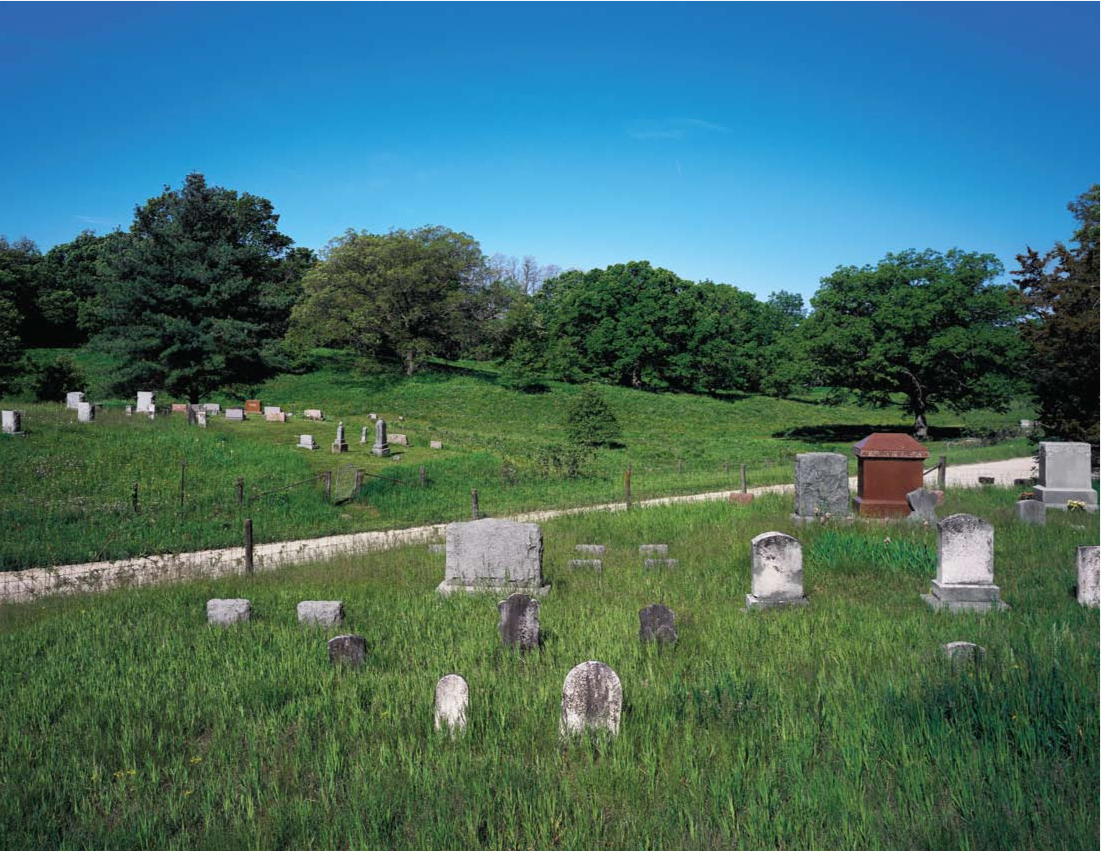A pilgrim's progress to 46
Adirondack author explores the history and meaning of climbing the High Peaks
Stephen Longmire decided to become a 46’er when he turned 46, vowing to get it done by the time he turned 50.
It was an effort linked to the experience of a place — the Adirondack High Peaks — and to its history and also to a particular time in his life and his own history.
Longmire, who lives in Jay with his wife, Kelley Tucker, is a writer and photographer who has focused on the intersection of time and place in two books, “Keeping Time in Sag Harbor” and “Life and Death on the Prairie.”
He is working on a third called “To the Mountaintop.”
“It’s a book of photos as well as essays that attempts to understand the curious fascination people here have with climbing 46 mountains,” he said.
Longmire sees the journey of a 46’er as a pilgrimage — “the Adirondack 46 Stations of the Cross” — but he was a reluctant convert to the challenge.
Tucker wanted to tackle the mountains soon after they moved to the Adirondacks 13 years ago, but Longmire was dismissive, saying it seemed like colonialism — “mistaking conquest for exploration.” But time changed his view, and the climbs became a chance to not only walk the mountains’ trails but to explore the history of their exploration over the past 100 years.
As a conservationist, Longmire feels an ambivalence about the 46’er project, whose popularity has helped to wear down some trails into gulleys. The club’s officers themselves considered disbanding the 46’ers years ago out of concern they were making the High Peaks too popular.
Photo by Deirdre Brennan
But as a landscape historian (a profession so obscure, he says, that the term “barely exists”), he considers landscapes such as the summit views that spur on the 46’ers as collaborations between nature and human beings.
“I thought landscape was the given — the notion that this untouched, uninhabited place is as is, not altered,” he said.
“But what I’m led to is the awareness that human culture and wild lands are always in conversation, always symbiotic.
“There are no places without people.”
People played a critical role in producing the prairie landscape, he found in his research for “Life and Death on the Prairie,” because fires set by American Indians helped create the conditions in which the prairie plants flourished.
Photo by Stephen Longmire of Rochester Cemetery, Iowa
The Adirondack wilderness, too, is not pristine but shaped by the extensive logging of the 19th and early 20th centuries, so what we see now is the regrowth. And our view of the High Peaks is framed by the writings and the trail and summit markings of the surveyors and early peak-baggers who climbed them.
In Iowa, Longmire focused on the Rochester Cemetery, where a patch of the prairie ecosystem was preserved because, as a cemetery, it was saved from farming.
“It’s a little island of original Iowa, kept and allowed to grow on its own schedule. It’s a garden,” he said.
The human interventions that do take place there mostly involve the removal of invasive species.
The High Peaks can be seen as a much larger garden, managed (including through the removal of invasives) and preserved for human enjoyment and, for those so inclined, meditation and spiritual renewal.
“… what are the pilgrim’s prayers?” Longmire asks in his book proposal for “To the Mountaintop.”
“Surely they have to do with the way the Adirondack Mountains remain a place apart, central to our ongoing struggle to find a balance between the settled and the wild worlds,” he answers.
Readings
This week’s column is about books, and, if you’re wondering, Longmire’s “Life and Death on the Prairie” can be found used on Amazon for less than its original $40 price. It’s a beautiful book, full of Longmire’s lovely photos of the Rochester Cemetery in Iowa, where a prairie ecosystem is preserved on a patch of land, and with a lot of extras on the history of that area and the plants found there.
It’s not easy to get a book like this published — the cost to produce it can be higher than its sale price — and I feel grateful that artists like Longmire are willing to make the effort and that institutions such as the Faulconer Gallery at Grinnell College and the University of Iowa Museum of Art support it. Books can be works of art, not only in their contents but in the physical reality of their construction and design. So many books are flimsy and slipshod, it’s a great pleasure to handle ones like Longmire’s in which the quality of the writing is matched by the beauty of the book itself.







Great post, neighbor !
I’m very glad some environmentalists are watching out for our mountains and peaks. And the Adirondack Park Agency also.